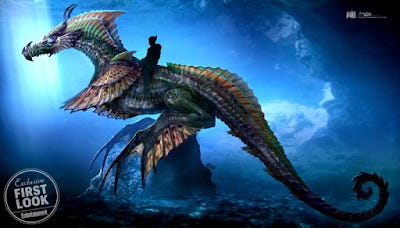The Beasts of the Sea
Don't miss the important announcement at the end of the post!
While reading Moby Dick this summer, I was surprised to come across a reference to a concept found in the Gemara:
On the second day, numbers of Right Whales were seen... Seen from the mast-heads, especially when they paused and were stationary for a while, their vast black forms looked more like lifeless masses of rock than anything else... And even when recognised at last, their immense magnitude renders it very hard really to believe that such bulky masses of overgrowth can possibly be instinct, in all parts, with the same sort of life that lives in a dog or a horse.
Indeed, in other respects, you can hardly regard any creatures of the deep with the same feelings that you do those of the shore. For though some old naturalists have maintained that all creatures of the land are of their kind in the sea; and though taking a broad general view of the thing, this may very well be; yet coming to specialties, where, for example, does the ocean furnish any fish that in disposition answers to the sagacious kindness of the dog?

The sea-horse steed of Aquaman
The highlighted text is found in Maseches Chullin:
Everything that exists in the land, exists in the sea, with the exception of the chuldah (weasel or marten). (Talmud, Chullin 127)
It turns out that this was a widely-held belief in antiquity, referenced by Pliny the Elder and by later writers in Christianity and Islam. It held theological significance, being seen as expressing the symmetry of Creation. In the 17th century, Sir Thomas Browne argued that it was a "vulgar error," and we see that Melville rated it as only potentially true in the broadest of senses.
There is also another Talmudic reference to this concept:
Abayey said: "The donkey of the sea is permissible [as food]; the ox of the sea is prohibited. And the way to remember it is: The impure is pure, the pure is impure." (Avodah Zarah 39a)
But what does the notion of a "marine counterpart" actually mean? R. Chezkiah da Silva (1659-1698), author of the Pri Chadash commentary on the Shulchan Aruch, argues that the "donkey of the sea" and the "ox of the sea" refer to actual aquatic versions of oxen and donkeys—i.e. creatures which were essentially oxlike and donkeylike in form, complete with four legs, but which happened to be aquatic. (He discusses this in the context of arguing that an aquatic creature does not need to be a fish in order to be rendered kosher by the presence of fins and scales--which has ramifications for a certain species of squid.)

Meeting a sealion twenty years ago, back when I had hair.The notion of an aquatic donkey and ox is by no means as unreasonable as it may first appear. After all, the Mishnah mentions a “sea-dog,” which refers either to a seal or an otter—and both these creatures are indeed essentially extremely dog-like. Others, however, interpret the "sea donkey" and "sea ox" much more loosely, to refer to certain fishes that have certain points of resemblance to donkeys and oxen.
It took quite a bit of research for me to nail down what the "sea donkey" and "sea ox" actually are. And then it took some further effort to actually acquire them! Both of them will be making an appearance at the "Feast of Legends from the Sea," at the Biblical Museum of Natural History. We've change the date of the event yet again, to accommodate people visiting Israel for Sukkos - it turns out that hardly anyone keeps two days anymore, and many people are leaving Israel on the night after Sukkos, so we are having the dinner that evening! More details are at this link.





